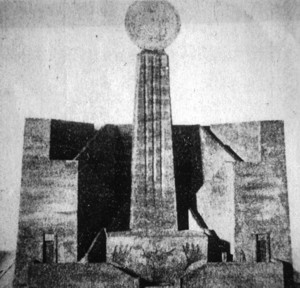
page created by UCSB professor of history Harold Marcuse, Nov. 15, 2002
Question: How does case of Dachau illustrate the Holocaust in its historical context?
Answer:
- "normal" German town in 19th century (artists colony)
- disruption by World War I (artists leave, munitions)
- consequences of Versailles Treaty (unemployment)
- how the Nazis turned meager showing into majority
- how the concentration camp system developed over time
(teleology: moving towards a known goal)- Phases: 1933-42: neutralize opposition;
1943-44: branch camps for industry
11/44-4/45: chaos, mass death in Germany
Today's Question
Again, let's look at the case of Dachau, and ask: How did Germans "deal with" the Nazi past after 1945?
The German term and its translations: Vergangenheits-bewältigung: "past-mastering"
- mastery of the past (completed at some point)
- coming to terms with the past (implies success)
- dealing with the past (most neutral)
- Theodore Adorno, 1959: Aufarbeitung d. V. "processing, working through the past"
'Media Blitz' at liberation
"These shameful deeds: Your fault!"
Response: The "Three Myths"
Proposed memorial, Nov. 1945, by Karl Knappe
"I think it would have been sufficient to allude to the horrors in the large lower rooms, and not eternally block the road to freedom and salvation with remembrance." (1960 explanation of his 1945 idea)

Source Interpretation
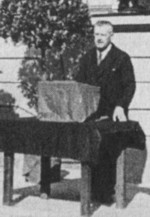 Dachau
Mayor Schwalber,
Dachau
Mayor Schwalber,
Nov. 9, 1945 in Dachau castle
Ladies and Gentlemen!
How peaceful life once was here! Dachau, once the epitome of rural stolidity
and earthiness, closely bound to its artists and their noble cultural efforts
for more than a century! To mention only a few of the names that carried Dachau's
reputation into the world: Christian Morgenstern, ... Karl Spitzweg, Wilhelm
Leibl, Lovis Corinth, [Max] Slevogt, ...
At the beginning sparse reports about the inmates of the camp leaked out to
us. But after construction was complete the hermetic isolation left us with
only dark premonitions about the fates and human suffering behind the concrete
walls topped with barbed wire.
Dante's saying should have been written over the gate: "Lasciate ogni speranza,
voi, che entrate!" We know that since 1940 alone at least 28,000 people died
a miserable death. The lists show that 220,000 passed through the camp.
And the name of our beloved Dachau is associated with all of these cruelties!
But the real Dachau was different!
Today, with pure hearts and clean hands this "other Dachau" commemorates all
of the victims whose blood has soaked our native soil and whose ash covers
the paths within the camp.
You dead, however, who have been taken up by our native soil, rest there in
peace! Your memory shall not only be honored by a monument of stone, but we
will carry it in our hearts as long as the heavens allow us to breathe the
air of freedom, and allow the sun of peace to shine.
And in the future Dachau shall once again become a center of true culture
and respect for human rights, for the good of our city and all of humanity.
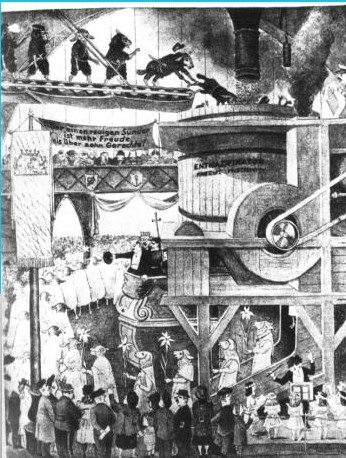 Three
Inversions: I
Three
Inversions: I
"Good Nazis":
denazification laundry
June 1946 cartoon in satiricalSimpl magazine
"For one repentant sinner there is more joy than for
ten just people."
"Denazificator, patent H. Schmitt" [the minister of denazification
in Bavaria].
Three Inversions: II
"Bad survivors"
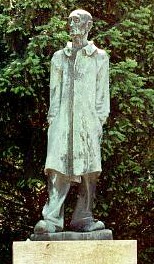
 Three
Inversions: II® III
Three
Inversions: II® III
"bad" survivors are "cleaned up": sculptures by Fritz Koelle
1948 statue "Inferno", selected by Auerbach for Dachau. After 1949
"Leiten Affair" another of Koelle's sculptures, the more innocuous
"unknown prisoner" was chosen and dedicated in 1950
["Inferno" was exhibited in Berlin in Spring 2002 in the first national
exhibition about the Holocaust and its aftermath, at the German Historical Museum]
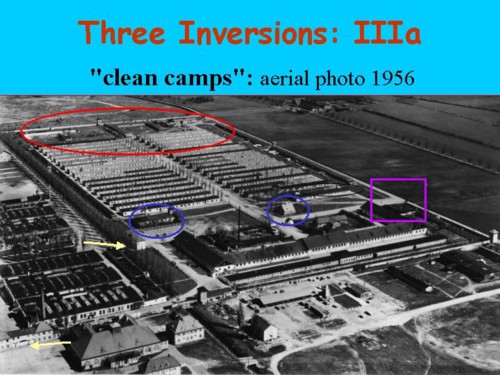
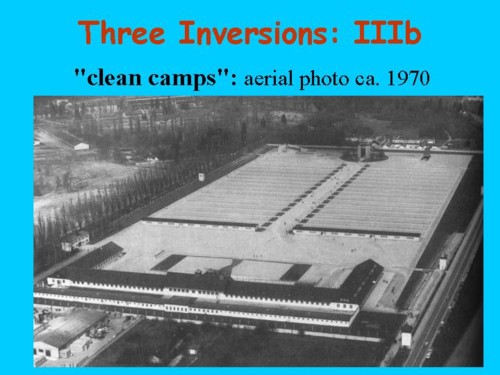


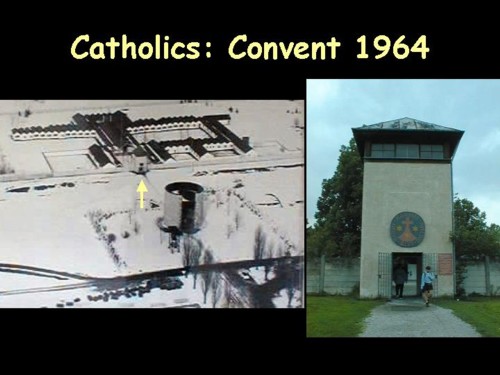
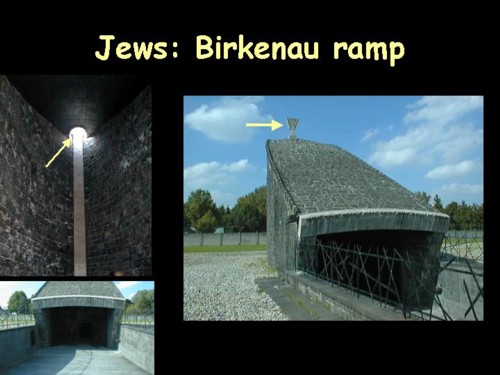
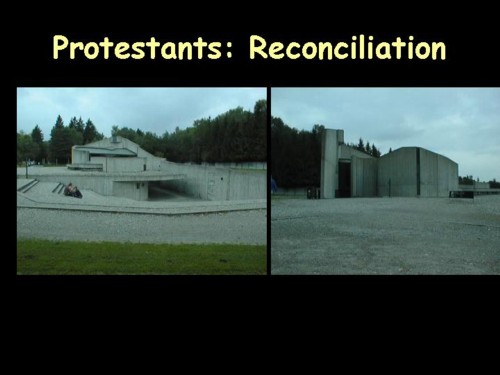
Announcements
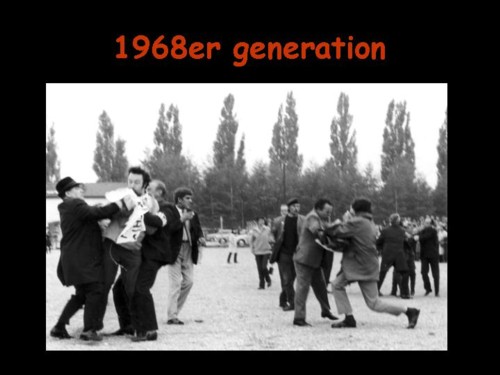
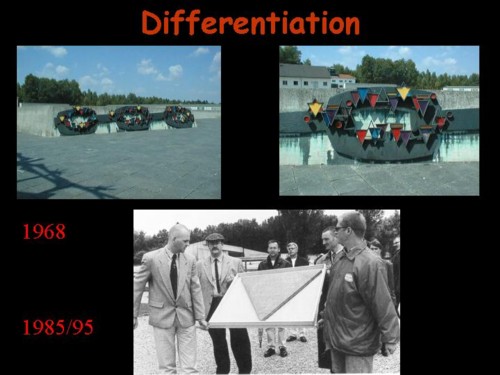
The demise of the 3 myths
1970s: end of ignorance--older generations admits knowledge (1979 broadcast of "Holocaust")
1980s: end of victimization--Reagan and Kohl at Bitburg; end of divided Germany in 1989
1990s: "dialectic of mythic resistance"
fighting it 'proves' resistance; admitting disproves
e.g. Oskar Schindler: a "good Nazi" who shows that most Nazis were NOT good!
page created by Harold Marcuse, Nov. 15, 2002